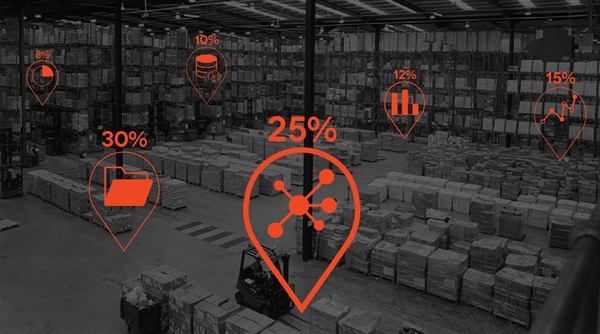
The volume of unstructured data present in business processes and operations is growing at a rapid rate. To contain and effectively interpret this type of data, big data analytics is recognised as the most appropriate tool that businesses can implement. Despite this, at large, businesses are reluctant to apply big data analytics to supply chain management, instead opting to stick to traditional analytics methods.
While other operational arms such as marketing and manufacturing have progressed, the majority of supply chains continue to be driven by statistics and quantifiable performance indicators. However, in order to keep up with changing industry, it is imperative for supply chain management to adopt real time analytics that will provide the business with better insights for the future.
The use of big data analytics have been confirmed in inventory management, forecasting and transportation logistics. In warehousing, digital cameras are regularly employed to track stock levels, with unstructured data notifying the correct personnel when restocking is required. This is a powerful set-up which cuts unnecessary administrative expenses, that can now be re-allocated elsewhere, as well as streamlining process increasing overall efficiency.
 Source: Digital cameras in warehouses help to simply the restocking process
Source: Digital cameras in warehouses help to simply the restocking process
The concept of forecasting further enhances this. Here, the same exact camera data can be sent through machine learning algorithms to program an intelligent stock management system to pre-empt a time when a resupply of the stock is needed. Ultimately, the hope for this is that warehouses and other types of distribution centres will have the ability to be self-sufficient, requiring minimal human work. While this will mean a further reduction in labour costs for the business, unemployment levels will be on the rise causing people to learn new skills if they still want to be relevant in the warehousing industry.
Traditional methods used in relation to forecasting itself are now being improved with the addition of new data elements. Social media is an excellent tool for a business to understand what existing and potential consumers are saying which in turn provides a useful insight regarding demand for their product or service. Weather is another element that can affect sale levels. Thus, following weather patterns is a more effective and proactive alternative than relying on historical records.
Big data analytics offers solutions to a variety of common issues concerning unstructured datasets. For example, there is currently high demand from manufacturers for information that tells how their products are allocated shelf space at retail. Through big data analytics, this can now be tracked and calculated without time delay with the help of sensors created to detect which brands and logos are visible on the shelves.
Until recently, big data analytics had no place in supply chain management. Now, more and more companies are adopting this tool which is slowly becoming an integral and increasingly beneficial part of this industry.
Here at Horizon we are passionate about new ways to optimise supply chain management. We’re already helping our clients to better service their customers’ needs using data analytics and complement their transactional data with external data sources. We’re interested to know what you think about the use of big data analytics in this industry. Can you see your business implementing this tool into your processes?